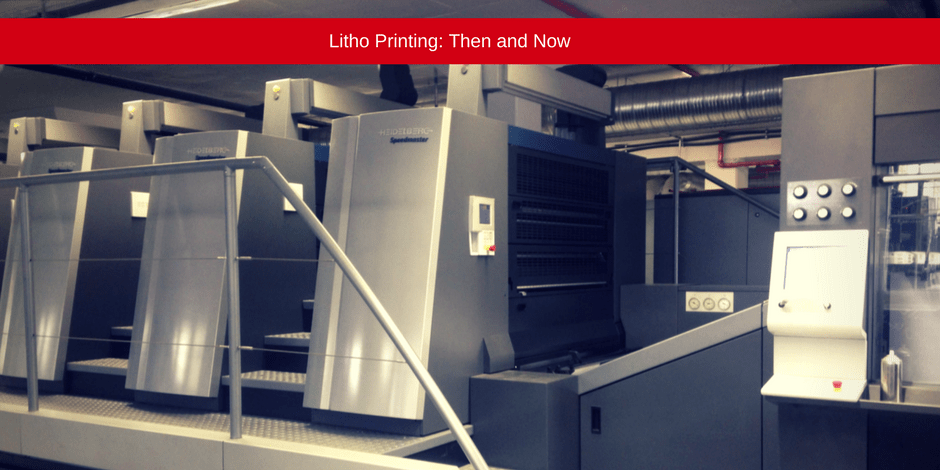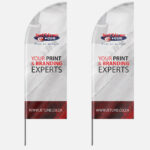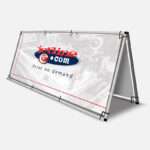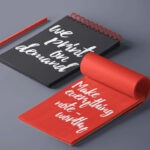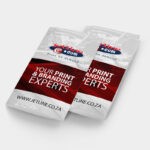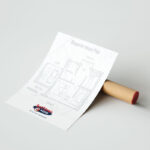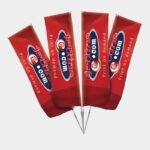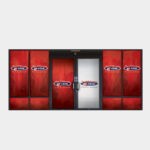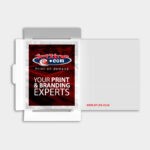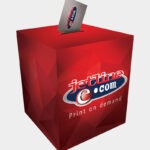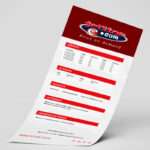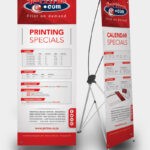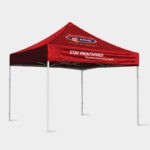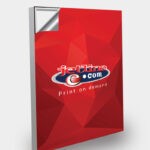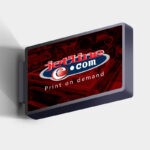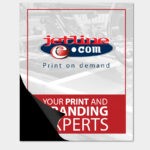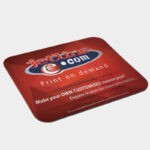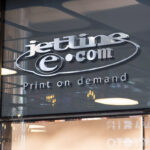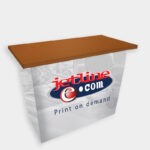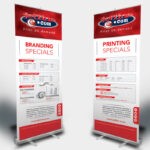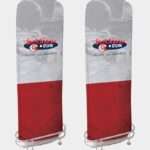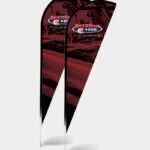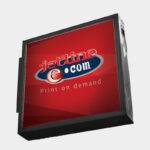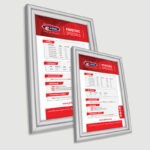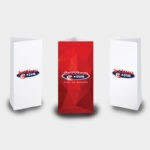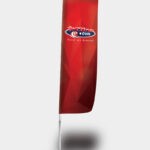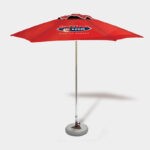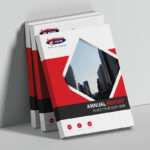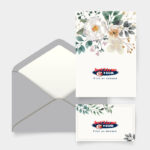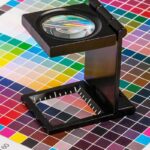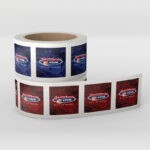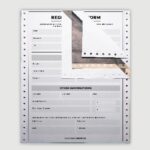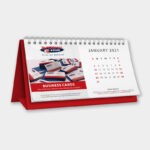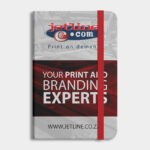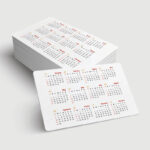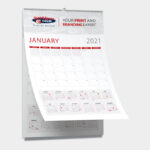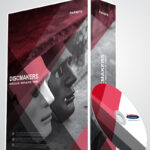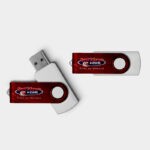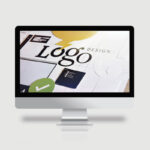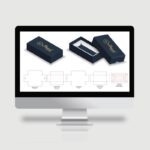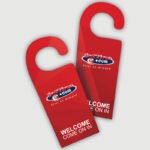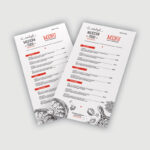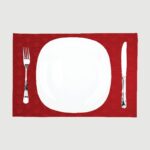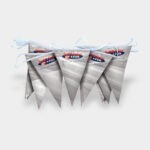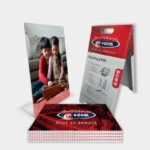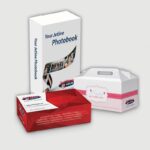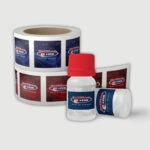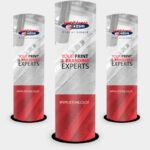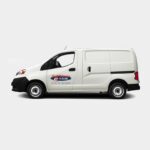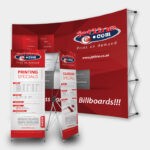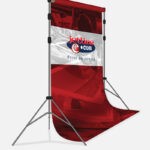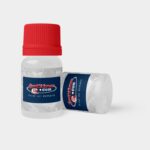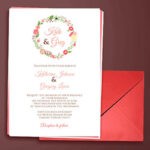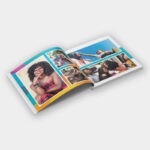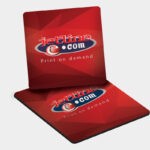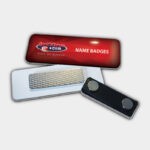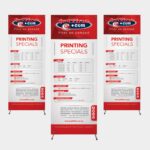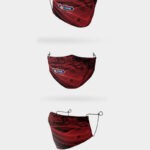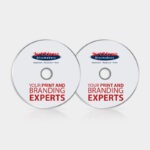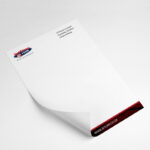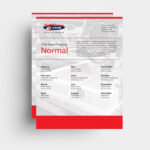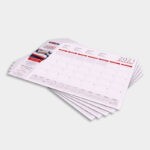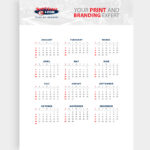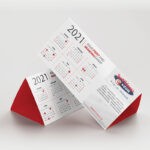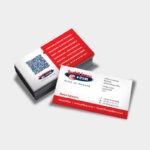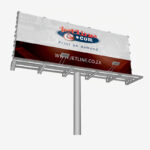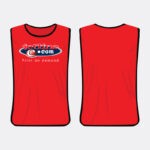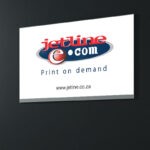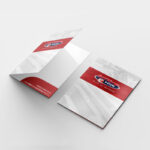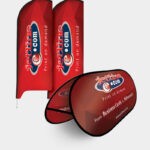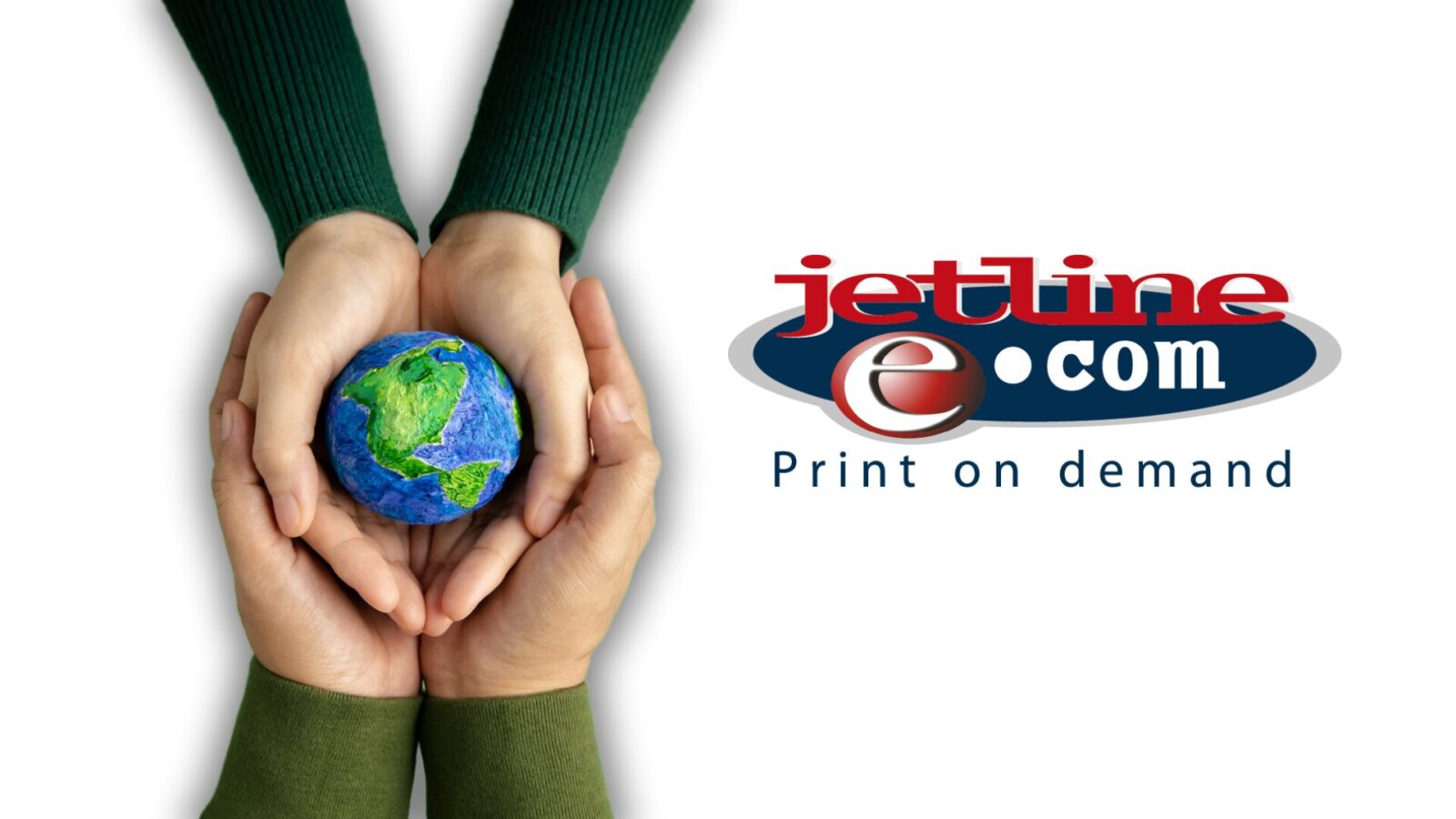When it comes to printing, there are 2 terms that society is familiar with: Litho Printing and Digital Printing. The latter speaks for itself while litho printing is mostly misunderstood. So, what exactly is litho printing or lithography? As a litho printing company, we elaborate.
What is Litho Printing?
Directly translated from Ancient Greek, Lithography means “stone to write.” Lithography is a printing method that is originally based on the immiscibility of water and oil. This printing was done from a smooth surfaced metal plate or, as the name suggests, stone (usually lithographic limestone). This form of printing was invented by German actor and author, Alois Senefedler as a cheap alternative to publishing theatrical scripts.

In its early period, lithography used an image that was drawn with wax, fat or oil onto the surface of a limestone or metal plate. Areas were etched onto the stone so that when it was moistened, these particular areas would retain water. An oil based ink could then be added and would repel the water, sticking only to the original drawing. The ink would then be transferred onto a blank sheet of paper, finally producing the printed page. Many people in the Fine Arts industry still use this traditional technique to this day.

Today, most high-volume publications, magazines and books are printed using offset lithography. Since the 1960s this has been the most popular form of printing.
The Modern Lithographic Process
When it comes to the production of posters, newspapers, maps, books and packaging, high-volume lithography is the go-to printing method. As mentioned previously, most books are printed using a method called Offset Lithography.


In Offset Lithography, polyester, flexible aluminium, paper printing plates or mylar are used instead of traditional stone tablets. Modern printing plates are covered in photosensitive emulsion and have a roughened texture to them. A photographic negative will then be placed to make contact with the emulsion while the plate is then exposed to UV light.
The emulsion then shows a reverse image of the negative, a duplicate of the original. The image on the emulsion can also be made by Direct Laser Imaging, this is known as a platesetter.
The plate is then fixed to a cylinder on the printing press. Water is applied with dampening rollers which covers all the blank portions of the plate but is repelled from the image surface due to the emulsion. Hydrophobic ink is then applied – it is repelled by water and only sticks to the emulsion of the image. It is then applied to the rollers for inking.

Now, if this was immediately transferred to paper, it would create a mirror like image and obviously the paper would become too moist. Therefore, the plate rolls against the cylinder and is covered in a “rubber blanket” that removes the water, lifts the ink and transfers it effortlessly to the paper through applied pressure.
The paper is then passed between a counter pressure and the blanket cylinder while the image is transferred to the paper. Because the picture is first “offset” to the rubber blanket, this process is known as Offset Lithography.
Jetline Litho Printing Services
Jetline provides full colour, high gloss, high quality litho printing services. This method is ideal for large quantities and high quality and low costs.
Using a combination of oil based inks and metal plates to transfer images, this process creates exceptional results with the most precise and intricate attention to detail. If you are looking for a professional, high quality litho printing company, look no further than Jetline.

